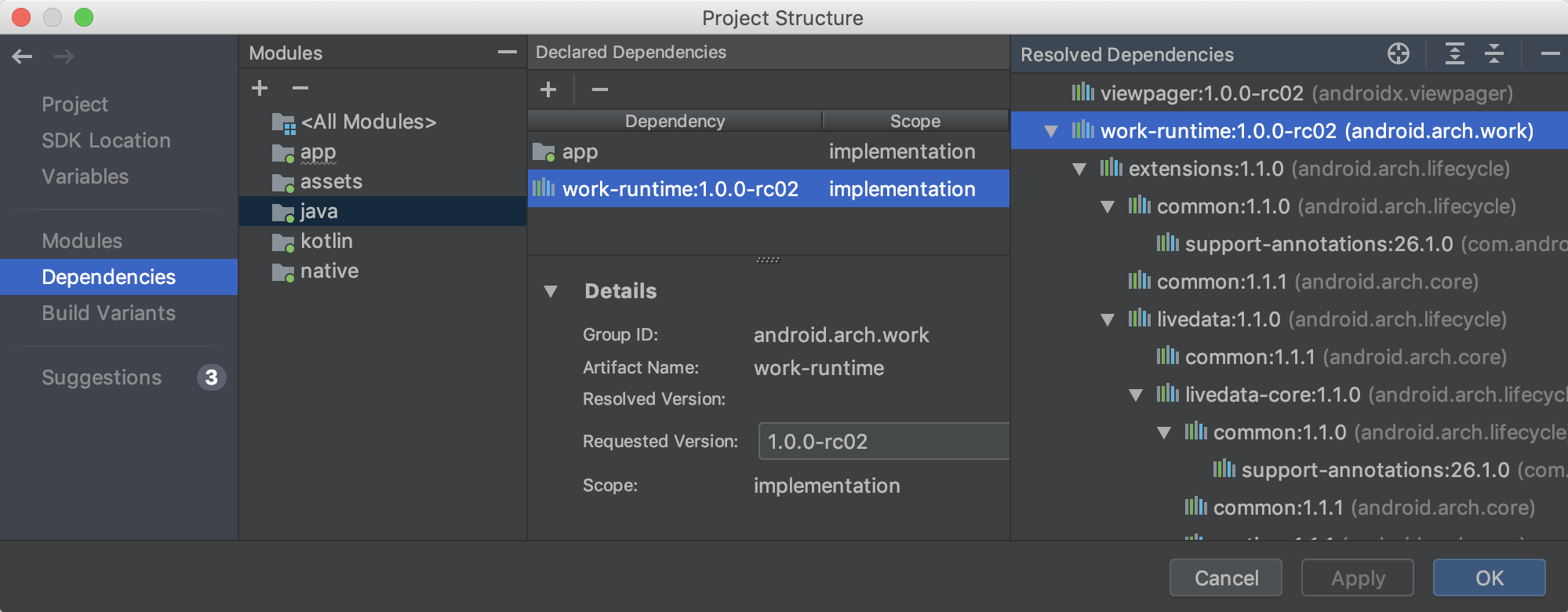Google Play Service Android 2.3 6
Nov 11, 2016 - After looking through verbose log of my mobile phone I noticed that Google Play Services (GMS) can't find class 'android.os.UserManager'. Rolled out starting last month, Google Play services 10.0.0 will be the last to support Android 2.3 Gingerbread. Google cites better support for newer devices in dropping a six-year-old version of.
I published an app in Google's play store. Everything is working fine but one of my customers reported that the app is not compatible with his device.The device is a Samsung Galaxy Note (GT-N7000) which runs Android 2.3.6.
I'm using the following <compatible-screens> config in the AndroidManifest:
The reason I'm not including large screensizes is because the app is NOT compatible with tablets, and it's working fine (not looking to change this).
The weird thing is I have a GT-N7000 myself, which runs Android 4.0.3 and the app is compatible on this device. A co-worker owns a Note 3 and is also able to install the app through the play store.

Google play tells me that the app IS compatible with any Galaxy Note (except Note 8 + Note 10.1, which is desired because they are assumed tablets).
Has anyone ever experienced anything like this?
RobRob2 Answers
Because you have stated that it works on your 4.3 firmware but it is not compatible on 2.3.6, that indicates that the problem is firmware.
I believe the problem is revolved within your layouts folder whichcontain your xml files. Older versions of android(Anything below 3.2) only access layoutsfrom the 'layout-small, layout-normal, layout-large, andlayout-xlarge'. I am assuming you have not provided or used thosefolders to support older firmware versions and most likely used thefolders such as 'layout-sw600dp and layout-sw720dp'. In yoursituation, I would create those layout folders to add support forolder firmware versions.
A set of four generalized sizes: small, normal, large, and xlarge
Note: Beginning with Android 3.2 (API level 13), these size groups are deprecated in favor of a new technique for managing screen sizes based on the available screen width. If you're developing for Android 3.2 and greater, see Declaring Tablet Layouts for Android 3.2 for more information.A set of four generalized densities: ldpi (low), mdpi (medium), hdpi (high), and xhdpi (extra high)
Read more about supporting multiple screens here.
- Use weights. If you want to use the least amount of xml files and make them as dynamic as possible so that one layout may work for hundreds of different devices and screen sizes then android:weightSum and android:layout_weight will surely help you achieve so.
More information pertaining weights can be found here.
Third thing is to look into the usage of support screens. I view atablet as anything with the smallest width of 600dp and above.
In your situation i would set the largestWidthLimitDp='599' in which case anything with a dp higher then 599 which is defined as a tablet will not be able to download it on the play store.
The reason being is that Support screens with introduced in API 4 whereas compatible screens were introduced in api 9 so it will provide wider firmware support.
You can reference more here: support screens
i think that the galaxy note was considered 'large' before ICS, and now it's considred 'normal'.
the reason:
galaxy note device is 800x1280 px and has hdpi density, so it's ~533dp x ~583dp .
Google Play Services Android 4.4.2
the screen size buckets are:

xlarge screens are at least 960dp x 720dp
large screens are at least 640dp x 480dp
normal screens are at least 470dp x 320dp
small screens are at least 426dp x 320dp
so, since it doesn't pass the 'large' requirements, it moved to be into the 'normal' screen size.
Google Play Services Android 4.0
the documentation also said it was problematic on older android versions :
Note: These minimum screen sizes were not as well defined prior to Android 3.0, so you may encounter some devices that are mis-classified between normal and large. These are also based on the physical resolution of the screen, so may vary across devices—for example a 1024x720 tablet with a system bar actually has a bit less space available to the application due to it being used by the system bar.
android developerandroid developer